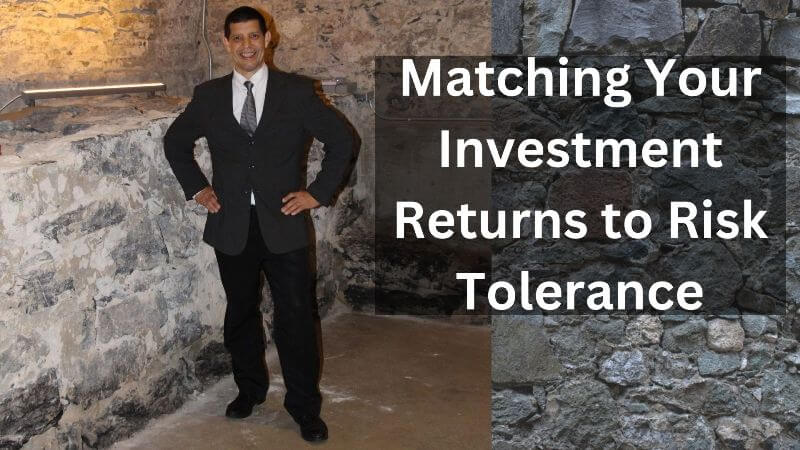The average return of the S&P 500 for the past 10 years is 16.05%. Those are great returns by anyone’s standards.
| Year | Annual % Change |
|---|---|
| 2023 | 17.57% |
| 2022 | -19.44% |
| 2021 | 26.89% |
| 2020 | 16.26% |
| 2019 | 28.88% |
| 2018 | -6.24% |
| 2017 | 19.42% |
| 2016 | 9.54% |
| 2015 | -0.73% |
| 2014 | 11.39% |
| 2013 | 29.60% |
| Average | 16.05% |
However, my friend Michael made a deliberate choice to invest in low-risk securities due to the perceived unpredictability of the market. Factors such as the impact of COVID, the Biden presidency, supply chain disruptions, banking concerns, the surge in meme stocks, and government shutdowns contributed to an atmosphere of uncertainty.
As it turns out, Michael’s decision to opt for secure, low-risk assets proved to be a wise move. Simultaneously, I made the decision to invest in higher-risk assets. Our disparate risk tolerances, distinct life circumstances, and varied financial histories influenced our contrasting choices.
Investing in the S&P 500 might seem like a straightforward path to earning a 16% return by merely observing the index grow, but in reality, it’s no easy feat. The cost of achieving superior returns involves grappling with uncertainty, insecurity, fear, volatility, mania, and panic.

This is the primary reason many individuals shy away from the stock market. It’s challenging to keep emotions in check when witnessing the value of one’s life savings dwindle right before their eyes.
Examining the table above, one can observe that in 2022, the return was -19.44%. That equates to one-fifth of someone’s life savings. It becomes tempting to sell everything and seek refuge in safer investments during such downturns.
Conversely, when looking at a prosperous year like 2013, boasting returns of 29%, it’s easy to entertain the notion that such returns can be sustained annually. However, it’s crucial to recognize that every investor pays a price for the returns they seek, commensurate with their tolerance for risk.
Risk tolerance dictates investment choices. For those with low risk tolerance, opting for low-risk securities is advisable, even though they yield lower returns. This approach, however, ensures a more peaceful night’s sleep.
Conversely, individuals with a higher risk tolerance might favor more precarious securities like the S&P 500 index, understanding that they’ll need to contend with the emotional rollercoaster associated with higher-risk investments.
In the realm of investments, we ultimately reap the returns we are willing to tolerate.
